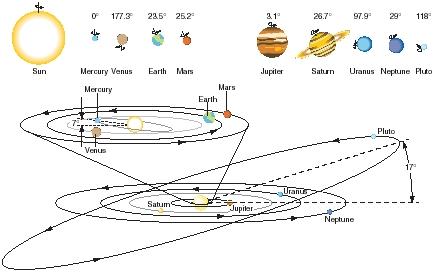I've come across this site which may be useful in your latitudinal endeavours. Or it may not.
However
http://www.ancient-wisdom.co.uk/xavierguichard.htmThe article has an informative resume on Xavier Guichard's book "Eleuse Alaise: Enquête sur les origines de la civilisation européenne" [Investigation of the origins of European Civilization]
His book which is linked on the site in full, and in French, details his idea of ancient map makers building maps from a couple of central points with lines radiating out. Placenames are followed along the lines and many examples are given relating to Alaise, Elysian etc. Even Leeds gets a mention.
I'll have a good dig into it and see if there is anything relevant to latitudes. One section of the book, somewhere towards the end is all about his maps so not much knowledge of French is needed. It's mostly pictures, placenames and maps.
His theory reminds me of other posts on here in which ancient maps were shown, all drawn in a similar way, using central points in the middle of circles and radiating out.
Here's a quote from the Ancient Wisdom site which sums it up.
'Guichard claimed to have discovered two prehistoric 'rose des vents' covering France and extending into other parts of Europe, based on 24 landscape alignments (corridors of incidence), all orientated so as to pass through a common centre-point (called Alaise). Secondly, he identified three European 'root' names; Burgos, Antium, and Alaise, which he believed (similar to his UK counterpart, Alfred Watkins) had different meanings associated with ancient mineral sources and trade, but more controversially, that the 'Alesian' locations had been placed according to their longitude and latitude.
Alaise was the hub of an archaic, yet very precisely surveyed, radial system of 24 ley lines which emanated from Alaise, in all directions, one ley line every 15 degrees of 360, and along these 'ley-lines' were also located ancient settlements named with etymological affinity to the town-name of the ley line system’s hub, Alaise...
Guichard also claimed to have found evidence of a separate 'solstice rose des vents' at Alesia, based on solar observations, creating a valuable connection between prehistoric geometry and astronomy, (and from which it may still be possible to date such a formation). He concluded that he had uncovered the vestiges of what had been called the 'Eleusian mysteries' by the Greeks. It is perhaps just a coincidence that both Stecchini and Guichard (supported by Manias), independently concluded that the true secret of the mysteries involved the application of longitude in relation to the placement of ancient and sacred sites. (More about the Eleusian mysteries below).'
Here's a link to the map section in his book as on the above site.
http://www.ancient-wisdom.co.uk/eleuse% ... pter14.htm

